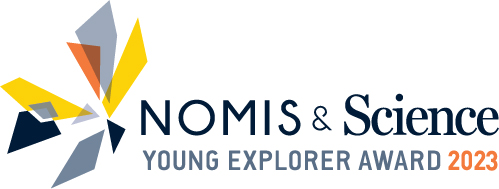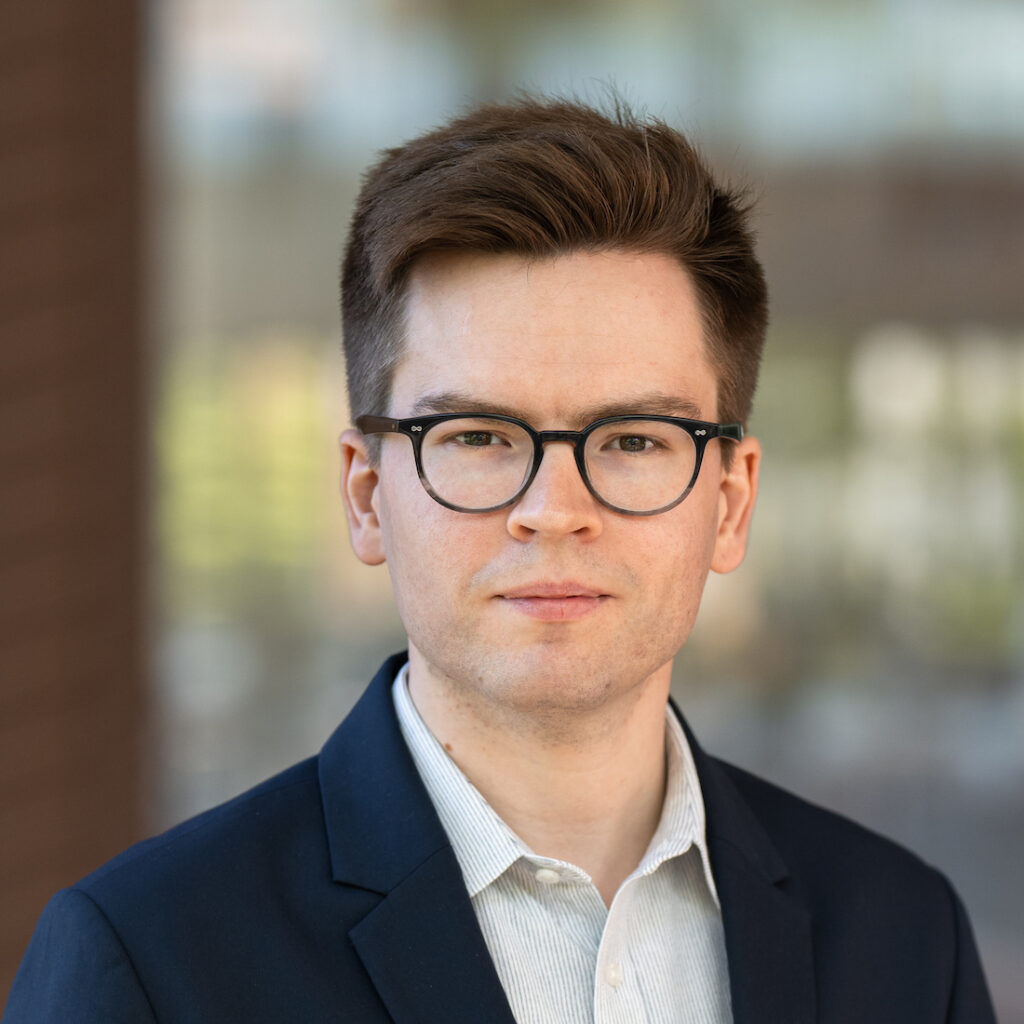Science/AAAS and the NOMIS Foundation have announced the winners of the 2023 NOMIS & Science Young Explorer Award, which recognizes bold early-career researchers who ask fundamental questions at the intersection of the social and life sciences.
AI-Based Approach Used to Fight Illicit Designer Drugs Epidemic
For developing an artificial intelligence-based approach to identify new designer drugs wreaking havoc in an ever-greater number of global communities, Michael A. Skinnider is the winner of the 2023 NOMIS & Science Young Explorer Award.
His new technology has already been applied to tens of thousands of patient drug samples and used to discover several new designer drugs. The results suggest that large language models could dramatically accelerate the pace of classifying these emerging substances, which are developed to mimic the effects of illegal drugs, in many cases, but avoid detection in standard drug tests.
In the past 20 years, a wave of new designer drugs – most of which have never been tested in humans – has reshaped the illicit drug market. Many of these are created by making slight chemical modifications to conventional drugs of abuse like cocaine.
“There are dozens to hundreds of these drugs emerging every year,” said Skinnider, who is an assistant professor at Princeton University’s Lewis-Sigler Institute of Integrative Genomics and an assistant member at the Princeton Branch of the Ludwig Institute for Cancer Research.
These new substances cause alarming symptoms – leading people to stagger through the street moaning and staring blankly, for example. And in some cases, they are fatal.
“As an M.D./Ph.D. student,” said Skinnider in his prize-winning essay, “I had seen firsthand how patients could present with devastating symptoms of designer drug intoxications.”
The resulting challenges are significant. First responders who encounter intoxicated people must treat completely new toxic syndromes, and public health officials addressing this crisis must determine how to respond to outbreaks caused by molecules that aren’t fully characterized.
More quickly identifying these drugs – so that emergency physicians could provide better treatment options and public health officials could better guide responses – would greatly help. But identifying a new designer drug is difficult. The most commonly used method – involving the analytic technique mass spectrometry, in which chemical substances are identified by the sorting of gaseous ions – requires a pure sample of the drug, without which identifying a new drug can take months.
“We were involved in one outbreak,” said Skinnider, “and a year later, and I still don’t know if they have identified the drug. Even though we have many advanced technologies, identifying small molecules is still difficult.”

Employing Machine-Learning Models
As he considered this problem, he felt optimism about a new class of machine-learning models, called large language models, that had just begun to attract chemists’ attention. He wondered if, using existing mass spectrometry data, these tools could elucidate new designer drugs’ chemical structures.
While there was much excitement from peers about this idea, testing the related hypothesis required overcoming a major technical challenge: limited training data on known structures of designer drugs. The best existing resource of structures included fewer than 1,800 designer drug molecules.
“We had to figure out how were going to train our model with such a limited amount of data,” said Skinnider. By developing a clever way to change how the molecules were represented, Skinnider overcame this hurdle. “[T]he model could be tricked into thinking it was learning from a larger dataset of molecules,” he said. Ultimately, it could generate entirely new molecules that were indistinguishable from the known designer drugs in the database.
Skinnider then set out to explore whether the model could anticipate the designer drugs that were most likely to emerge next on the market. Partnering with the Danish national forensic laboratory, he tested this hypothesis on a designer street drug that had just been discovered, showing that given only the mass of this drug – one of the cheapest and easiest properties to measure experimentally – his model could correctly elucidate the drug’s entire chemical structure.
To go one step further in making his approach a useful tool, Skinnider decided to integrate the language model’s predictions with mass spectrometric data. Combining these two sources of information allowed the model to elucidate the chemical structures of 40 new designer drugs.
Skinnider’s approach is already being put into practice, including with various law enforcement agencies. He is also working with the BC (British Columbia) Centre for Disease Control to discover new drugs as soon as they are introduced into the population.
“We’ve identified a number of drugs proliferating in the community that weren’t recognized by public health officials,” said Skinnider. “The lab can set up tests for these drugs now.” The whole process can support better clinical care of patients who consume these substances.
“Ultimately, my dream is that first responders, emergency physicians and public health officials will all be able to take advantage of generative AI to make more informed decisions when treating patients and managing outbreaks,” said Skinnider.
Looking ahead, he is also very excited about the approach’s potential to be used in other fields, for example to discover new bacterial metabolites or new environmental contaminants.
2023 NOMIS & Science Award finalists
The NOMIS & Science Young Explorer Award recognizes bold early-career researchers who ask fundamental questions at the intersection of the life and social sciences. This year, Isabella Bower is a finalist for the award for her work to reveal how building design shapes our behavioural, brain and body responses, and George Goshua is a finalist for his work to uncover how mathematical models hold the key to equitable patient care.
“The winners of the NOMIS & Science Young Explorer Award over the last three years have all been inspirational young scientists who really ‘think outside the box’ to advance understanding in an interdisciplinary space – be it responding to a pandemic, calling out climate disinformation, understanding racism in policing, elucidating transmission of knowledge or trying to capture the mysteries of sleep,” said Stella Hurtley, deputy editor at Science. “Our new winners will take us into combating designer drugs, improving equity in health care, and the effects of the built environment on wellbeing. These young people have the drive to influence real change within and across disciplines and truly advance science and serve society.”
“Pushing the boundaries of knowledge requires fresh perspectives and that we embrace novel and outside-the-box methods,” said NOMIS Foundation Managing Director Markus Reinhard. “However, for those at the early stages of their research careers, venturing off the beaten path can be filled with hurdles. The NOMIS & Science Young Explorer Award stands as our commitment to recognize and support these emerging pioneers at a critical point in their journey.”
Learn more about the award and how to apply at www.science.org/nomis.
Go to this Science release





